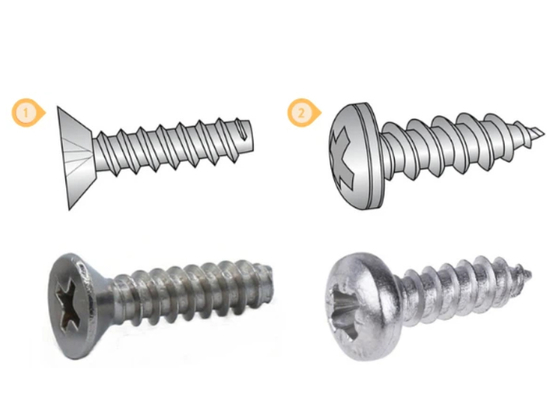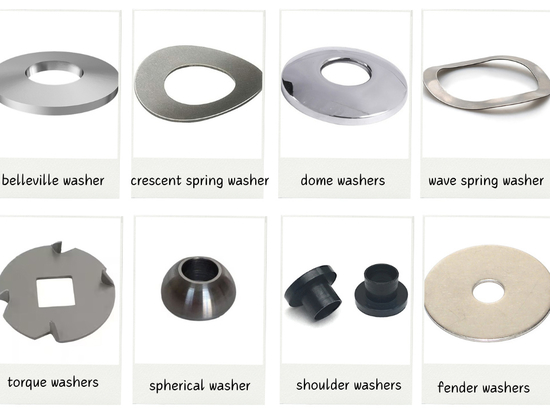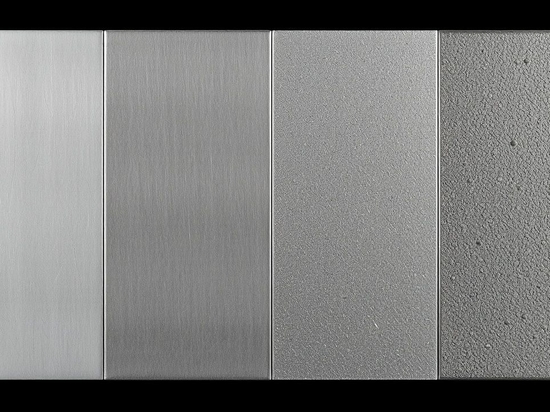
#Industry News
What Is CNC Prototyping?
Choosing The Right Method
Prototyping is the preliminary model or version of a product. It serves as a tangible representation that allows for testing, refining, and validating design concepts before full-scale production.
Prototyping minimizes production risks and allows for valuable user feedback early in the development process, ensuring a successful and cost-effective final product.
Traditional prototyping is a long and imprecise manual process. However, computer numerical control (CNC) technology makes it more precise and efficient. CNC is a manufacturing process in which machines are controlled by preprogrammed computer software. This involves converting digital designs into physical prototypes by precisely cutting or shaping materials such as metal and plastic.
How Does CNC Prototyping Work ?
The CNC prototyping process first uses CAD software to create a digital design, which is then translated into machine code (G-code). CNC machines equipped with cutting tools precisely shape or cut the selected material according to this code, resulting in a high-fidelity prototype.
CNC prototyping plays a crucial role in a wide range of industries due to its material versatility and high precision. Its leading role is evident in the following key areas:
1.Energy Sector
2.Automotive Industry
3.Robot industry
4.Tool design
5.Electronics Manufacturing
6.Aerospace Sector
7.Industrial Equipment
8.Consumer Electronics
9.Medical Equipment Development
10.Customized Industrial Components
The speed at which CNC technology converts designs into prototypes aligns with our commitment to meeting client demands promptly and effectively. Click the link below to learn more about how our CNC technology can help you streamline your production process and deliver high-quality prototypes in a timely manner.




